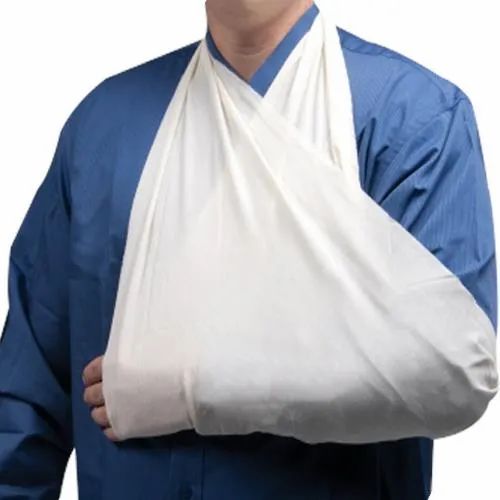Dislocations
Published (updated: ).
Dislocations are joint injuries that force the ends of your bones out of position. The cause is often a fall or a blow, sometimes from playing a contact sport. A patient can dislocate ankles, knees, shoulders, hips, elbows and jaw. Additionally, patient’s can dislocate fingers and toe joints. Dislocated joints often are swollen, very painful and visibly out of place and may be immoveable.
A dislocated joint is an emergency. Treatment depends on which joint is dislocated and the severity of the injury. It might include manipulations to reposition bones, medicine, a splint or sling, and rehabilitation. When properly repositioned, a joint will usually function and move normally again in a few weeks. A dislocated shoulder or kneecap is more likely to be dislocated it again.
Dislocations are stabilized and splinted in the position found
From the medics’ perspective, the patient has suffered an injury that impairs the function of an extremity. The injury often results in a deformity. The question of whether the deformity is broken or dislocated can not always be answered without an x-ray. Regardless of whether the extremity is broken or dislocated, the very first step in managing either injury is stabilization. In the case of a fracture, the patient will always choose the most comfortable position. In the case of the a dislocation, the injury chooses what position the patient will be found in due to the fact that it often locks into position. Stabilization in the position found is usually the only option available. Sometimes dislocations will lock the joint in an unnatural position that will not lend itself to splinting. Sometimes the medics will have to manually stabilize the dislocation to the ambulance and enroute to the hospital. If the dislocation presents in a position that will lend itself to splinting, the medics can splint the extremity and not have to manually stabilize it enroute to the hospital. Medics should recall that splinting should immobilize the joint above and below the fracture or dislocation.
Upper Extremity Dislocations

Dislocations of the upper extremities are typically the result of falls, sports injuries in particular. Dislocations most often seen by medics include:
- Acromio-Clavicular joint (joint above the shoulder)
- Shoulder
- Elbow
- Wrist
- Metacarpal-phalynx (hand)

Knowing how to use a triangular bandage to make a sling is a very valuable skill to possess. A sling can literally be used to splint or stabilize any of the above dislocations or any fracture of the humerus, wrist, radial/ulna, clavicle, and even a broken rib.
Lower Extremity Dislocations
Joints of the lower extremities can be dislocated in the same manner as the upper extremities, except the problem is complicated by the fact that the patient can’t walk. The medics will need to manually stabilize the dislocation then splint the extremity. In any lower extremity fracture or dislocation, the easiest way to immobilize an extremity and move the patient is to splint the extremity to a long back board. With the right amount of padding voided areas, there is no lower extremity fracture that can’t be splinted to a long back board. If the medics are not worried about spinal immobilization, the patient can still be placed on a long a long back board but be made as comfortable as possible where the medics are not worried about the fracture dislocation. Common dislocations seen by medics are:
- Hip
- Knee
- Foot
- Ankle
As with any splint, it is important that the medics assess pulse, motor, and sensory perception prior to and following the application of a splint.
